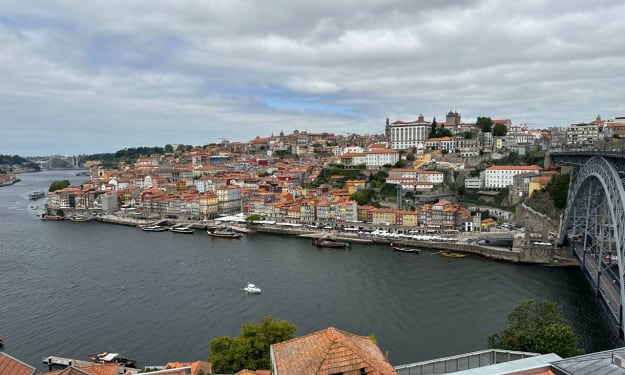The Colossus of Rhodes is one of the most iconic and mysterious ancient structures in the world. It was a massive bronze statue of the Greek sun god Helios that stood over 100 feet tall, making it one of the tallest statues in the ancient world. The statue was built on the Greek island of Rhodes in the 3rd century BC and was destroyed in an earthquake in 226 BC. Despite its short existence, the Colossus of Rhodes has had a lasting impact on art and architecture, and remains a symbol of the ancient world's grandeur and engineering prowess.
The Colossus of Rhodes was built by the people of Rhodes to commemorate their victory over the invading forces of Macedon in 305 BC. The statue was designed by the sculptor Chares of Lindos and took 12 years to construct. It was made entirely of bronze and stood on a marble pedestal at the entrance to the harbor of Rhodes. The statue was so large that ships could sail between its legs.
One of the most striking features of the Colossus of Rhodes was its size. Standing over 100 feet tall, it was one of the tallest statues in the ancient world. It was so large that it was visible from miles away, and its presence must have been awe-inspiring to visitors and residents alike. The statue's legs were spread wide apart to accommodate ships passing underneath it, and its arms were outstretched as if to embrace the world.
Another notable feature of the Colossus of Rhodes was its level of detail and craftsmanship. The statue was constructed using the lost-wax casting method, which involved creating a wax model of the statue and then casting it in bronze. The bronze was then polished to give the statue a smooth, shiny finish. The statue was adorned with intricate details, including a crown of rays on its head, and a long robe that draped down to its feet. Its face was said to be a likeness of the city's ruler at the time, Helios.
Despite its grandeur, the Colossus of Rhodes was short-lived. In 226 BC, the island was hit by an earthquake that destroyed the statue, along with much of the city. The statue lay in ruins for centuries, and its remains were eventually melted down and sold for scrap in the 7th century AD. Today, there are no visible remains of the Colossus of Rhodes, and its exact location remains a mystery.
The Colossus of Rhodes had a lasting impact on art and architecture. Its grandeur and size inspired other artists and architects throughout history, and it has been referenced in literature, art, and popular culture. The statue's influence can be seen in the Statue of Liberty, which was modeled after the Colossus of Rhodes. The iconic statue in New York Harbor stands over 300 feet tall, and like the Colossus of Rhodes, it represents freedom and democracy.
The Colossus of Rhodes also had an impact on the ancient world. The statue was seen as a symbol of the city's power and wealth, and it helped to establish Rhodes as a major center of trade and commerce. The statue also served as a warning to potential invaders, who would have been reminded of the city's strength and resilience whenever they saw it.
Despite its impact and significance, the Colossus of Rhodes remains a mystery. There are no known drawings or sketches of the statue, and its exact location is still unknown. Some scholars believe that the statue was not actually as large as it is often depicted, and that it was more of a symbol than an actual structure. Others believe that the statue was made up of multiple smaller statues, rather than a single large one. The mystery surrounding the Colossus of Rhodes has only added to its allure and mystique.
About the Creator
Mece
Articles about life...
Reader insights
Nice work
Very well written. Keep up the good work!
Top insight
Expert insights and opinions
Arguments were carefully researched and presented






Comments
There are no comments for this story
Be the first to respond and start the conversation.